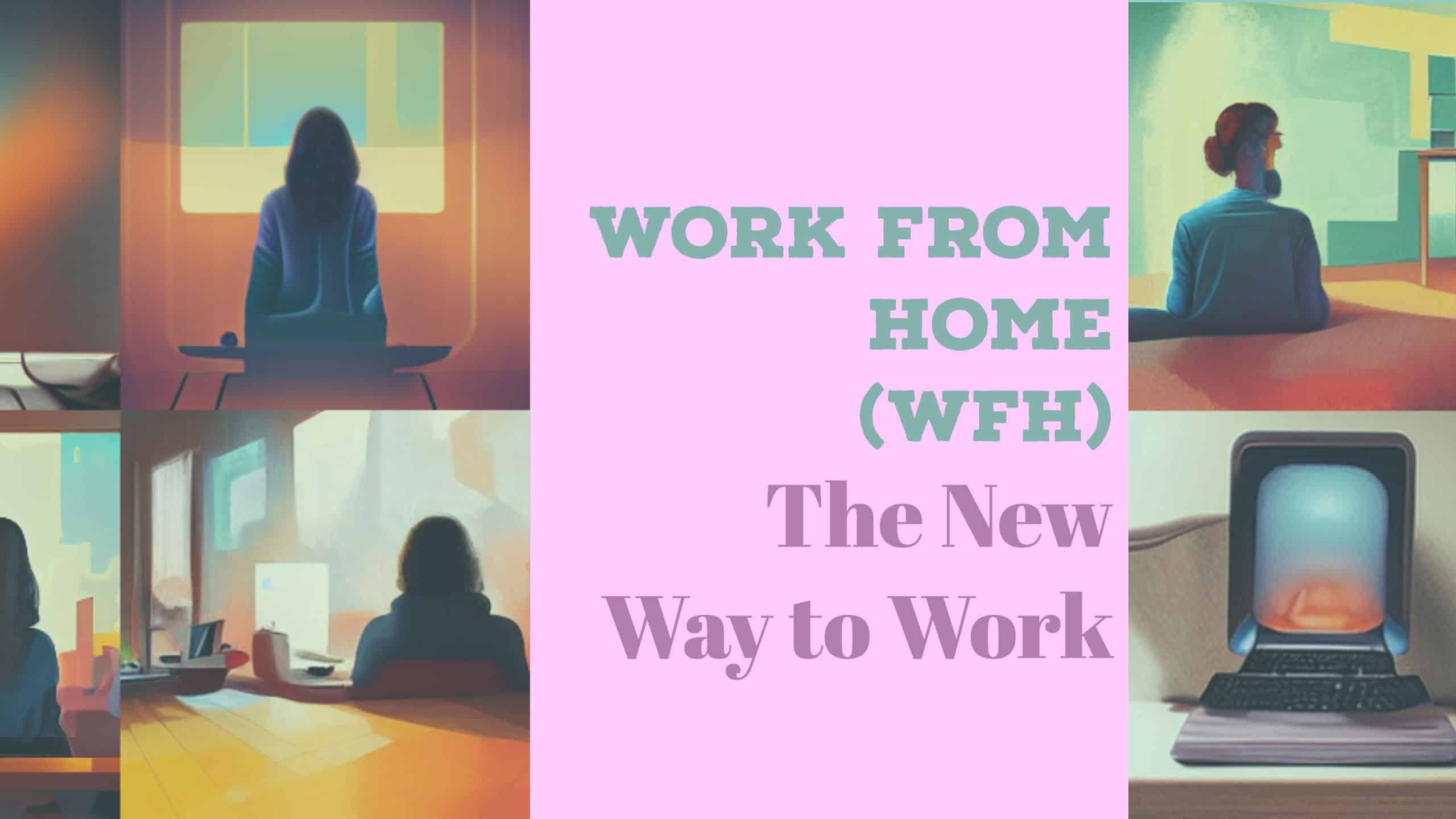Table of Contents
You may also interested:
The Covid-19 pandemic began in early 2020, and many countries around the world had to institute lockdowns and quarantines. While most of the Western developed world began to revert to pre-pandemic practices after a year (thereafter, calling it a “post-pandemic world”), there are still countries in other parts of the world that are still treating Covid-19 very seriously, and continuing with the practice of lockdowns and quarantines.
Whatever the case may be, at the height of the pandemic, many economic activities had to adjust. There were temporary closures of activities where human activity would be concentrated, as well as social distancing practices where economic activity was allowed to continue. Some of these businesses never recovered, and had to shut their doors for good. But one long-standing effect of the measures instituted to prevent the spread of Covid-19 was working from home. Many professionals who were not client servicing or providing essential services (such as medicine, transportation, sanitation or security) were asked to work from home, sometimes for extended periods of time.
Work From Home (WFH) – The new trend
Now, prior to Covid-19, homes were not always designed for work. Not everyone could afford the luxury of having a home office or a study room, especially in smaller-sized homes. So what did people have to do? They had to make do with whatever they had initially, and force fit a workspace within their homes. But they soon learnt to design their homes with work and life in mind, and many businesses responded accordingly by producing WFH-friendly products such as adjustable height tables, convertible desks, ergonomic chairs and storage boxes. This is especially because some (not all) organisations have realised that working from home could be just as productive, if not more productive than working in the office.
Over the course of the pandemic, they have calculated that Key Performance Indicators and Returns on Investment have been met, controlling for larger factors that affect business performance, that is. Furthermore, some organisations realise that having staff work from home means that they can save on rental costs, and rent a smaller main office. As such, many organisations still have work from home arrangements for their staff. Furthermore, many job seekers after the pandemic are insisting on work from home arrangements. They have grown comfortable and productive with working from home. Many of them refuse job offers that do not contain a work from home provision.
Challenges on Work From Home (WFH)
Initially, working from home was not something that everybody could get used to. Little time was given for adjustment from working in the office to working from home. Many people found difficulty in adjusting for several reasons:
- They were not used to being in constant proximity with members of their family or housemates
- They had to break their usual morning pre-work routines, which were quite important to psyche themselves up for the work day ahead
- They lose track of time and spend the time at home more leisurely than in a productive capacity
- They lose track of time and spend the time at home working more than they usually would if they were to work in the office
- They didn’t have the necessary tools they need for office productivity such as lighting, desk, chair and storage
Adapting Work From Home (WFH)
Physical boundaries
One way in which people have adapted their homes as a workplace is by creating distinct physical boundaries. Although it is not always possible to dedicate an entire room as a WFH space, people have set aside sections of rooms (be it living room, dining room or bedroom) where they work from. This is to make it clear to themselves as well as others that that particular space serves a specific purpose. While they may revert that space to its “home” use after hours, during working hours, that space will be dedicated as a workspace during working hours.
Functional spaces
Another way in which people have adapted their homes as a workplace is to reimagine the function of spaces. They have made provisions to shift around furniture and decorations in order to create new uses for the space. Some have made use of corners that were previously unused. Others have set up extension sockets in places they never used to, so that more than one person can use the workspace. Yet others have re-designated tables, chairs and stools for work use during working hours.
Setting the right expectations
Another important aspect of WFH design is not about the physical space, but the setting of expectations with those who also live and work there. Many have shared their schedules with each other, either via a calendar on the refrigerator or a shared family Google Calendar, so that working times and social times can be established. Many too, have designated storage areas where work materials and documents would be kept after hours, so that the space can be reverted as a home space after work.
Another important aspect of WFH design is the tools necessary for the conduct of work. Hot selling “work from home essentials” are popular as people working from home look to equip themselves with the necessary tools. Some of the most popular items include laptops, webcams, and noise-cancelling headphones. With more and more people working from home, these items are in high demand.
A good workspace needs four basic components: a work surface (usually a desk), a chair (best if it’s an ergonomic work chair), good lighting (both natural for daylight activity and artificial for nighttime work), and storage. In particular, many have opted for a height-adjustable desk so that they can work while sitting, standing and in some cases, while walking on the treadmill. These variable positions help greatly in maintaining long term joint, muscle and nerve health. Many have also opted for ergonomic chairs rather than the chairs they already have at home. These ergonomic chairs are more durable, customisable to different sitting positions and have a long term effect on posture.

Amazon – Work from Home Essentials

Lazada – Work from Home Essentials
Conclusion on Work From Home (WFH)
Overall, WFH design is essential to ensure that there is work-life balance. While some might be distracted and do less work while working from home, there are also those who end up working more hours than they would if they were to work from the office. Both of these issues crop up when there is no clear separation of physical space, no setting of expectations and no effective use of tools. Although some companies are encouraging their employees to work from home, some big tech companies are against it. Ultimately, it will depend on the company’s belief, needs, etc.
For example, Google has been known to be a proponent of working from home. They feel that it increases productivity and creativity. However, other companies like Apple feel that working from home decreases productivity and creativity.
It ultimately depends on the company’s needs and beliefs. Some companies are more lenient when it comes to working from home, while others are stricter. It really varies from company to company.




